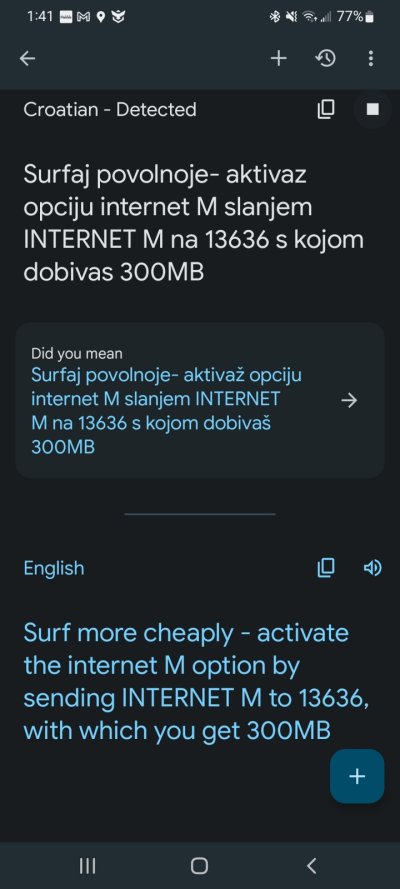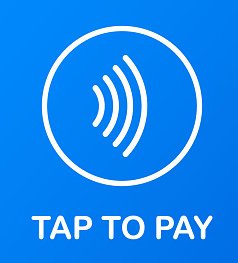athena53
Give me a museum and I'll fill it. (Picasso) Give me a forum ...
- Joined
- May 11, 2014
- Messages
- 7,377
Keep small bills and coins around. In many countries you cannot add a tip on the credit card slip. The coins? MANY countries have pay toilets in big cities. I'm glad to have them since most large US cities don't have that option but it's no fun fishing around for change when you gotta go. The machines don't give change and neither did one human working at a public restroom in Dubrovnik. (I could have asked but I figured she was standing out in the hot sun dealing with "needy" tourists all day and considered it a tip.)
I was in E. Europe (Slovenia, Croatia, Bosnia, Montenegro and Albania) last month and many places don't take credit cards. Our guide confirmed my guess that it was partly avoiding the fees, partly still getting used to capitalism, partly tax evasion. Do not assume that a restaurant takes them- we made that mistake in Albania and ended up frantically searching for enough cash when the check came.
Phones- I have an iPhone 8 which takes SIM cards. I ended up spending about $50 on SIM cards. Most of it was spent on one I bought in London on my way there ($37) which they assured me would work in the other countries. Nope. Maybe if I understood the texts I got in each country. Example: "Surfaj povolnoje- aktivaz opciju internet M slanjem INTERNET M na 13636 s kojom dobivas 300 MB.."
So.. as I entered each country I bought a different SIM card. I really like data access- I look up things I see in museums, I use Google Translate in the grocery stores, I even used Find my Suitcase (which contained an Apple AirTag) to get back to my hotel. It was worth what I paid.
I was in E. Europe (Slovenia, Croatia, Bosnia, Montenegro and Albania) last month and many places don't take credit cards. Our guide confirmed my guess that it was partly avoiding the fees, partly still getting used to capitalism, partly tax evasion. Do not assume that a restaurant takes them- we made that mistake in Albania and ended up frantically searching for enough cash when the check came.
Phones- I have an iPhone 8 which takes SIM cards. I ended up spending about $50 on SIM cards. Most of it was spent on one I bought in London on my way there ($37) which they assured me would work in the other countries. Nope. Maybe if I understood the texts I got in each country. Example: "Surfaj povolnoje- aktivaz opciju internet M slanjem INTERNET M na 13636 s kojom dobivas 300 MB.."
So.. as I entered each country I bought a different SIM card. I really like data access- I look up things I see in museums, I use Google Translate in the grocery stores, I even used Find my Suitcase (which contained an Apple AirTag) to get back to my hotel. It was worth what I paid.


